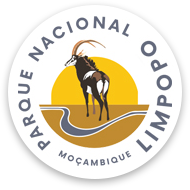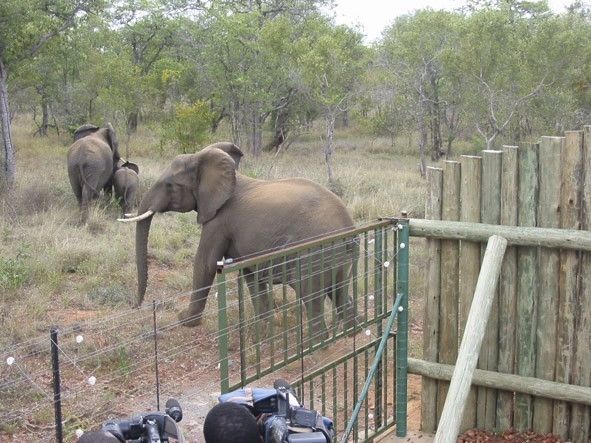A family group of seven elephants were translocated from the Kruger National Park to the Limpopo National Park in Mozambique yesterday.
This translocation was timed to coincide with the African Union Summit in Maputo.
This elephant release, the third major elephant translocation from the Kruger National Park to the Limpopo National Park over the last three years, was timed in order to draw attention of delegates to the Summit of the incredible progress being made in the creation of the Great Limpopo Transfrontier Park.
The elephant family — made up of 2 adults, 2 sub-adults and 3 young elephants – was captured in the elephant-rich Northern Region of the Kruger National Park and were released without hitch yesterday into the 35 000 ha fenced off game sanctuary within the boundaries of the newly-proclaimed, 1 million hectare Limpopo National Park.
Together with the translocation of around 5 000 animals over the last three years, yesterday’s translocation means that the LNP now moves one step closer to becoming a fully-functional national park.
According to LNP consultant Mr Arrie van Wyk, tourism operations must commence as soon as possible as it is tourism development that will bring benefits and ensure the sustainability of the park.
“The reality is that there is not much of a tourism product at the moment and it is necessary to re-establish the wildlife numbers in the park to create a game-based tourism product. Two options exist, one is to remove the fence that divides the LNP with Kruger and allow animals to drift across the boundary at their own pace. It is however realised that most game species will take years to move across the fence in sufficient numbers to establish populations at the density which will allow a game viewing product,” he said.
The IUCN guidelines for re-introduction of wildlife are strictly adhered to in these translocations. This means assessing the availability of suitable habitat and ensuring that the re-introduction takes place in historical ranges only. It also means making sure that there will be a selection of suitable genetic stock and that the removal will have no harmful effect on the source population.
The establishment of the Great Limpopo Transfrontier Park is exemplary of partnerships between governments and the private sector. While the main players are of course the relevant governments and implementing agencies like SANParks, donors and NGOs have also contributed towards its creation.
The major donors include the World Bank, USAID Regional Center for Southern Africa, the German Ministry of Cooperation through Kreditanstalt f

